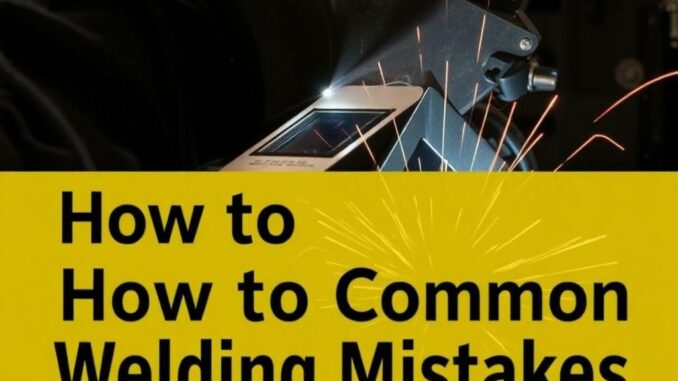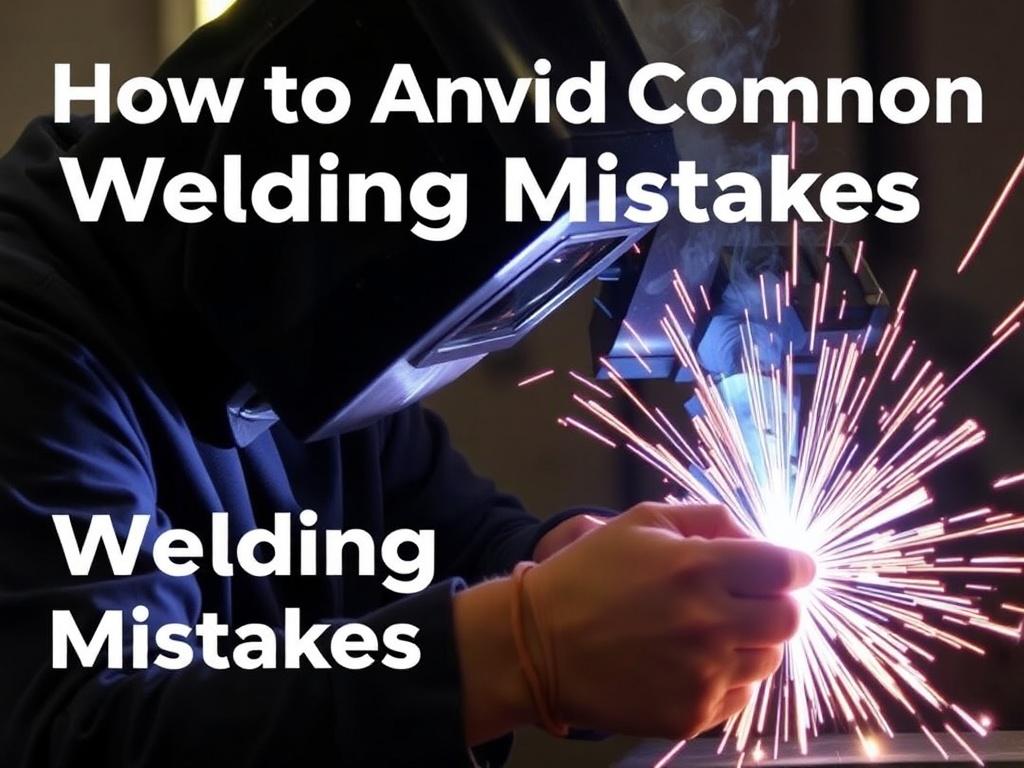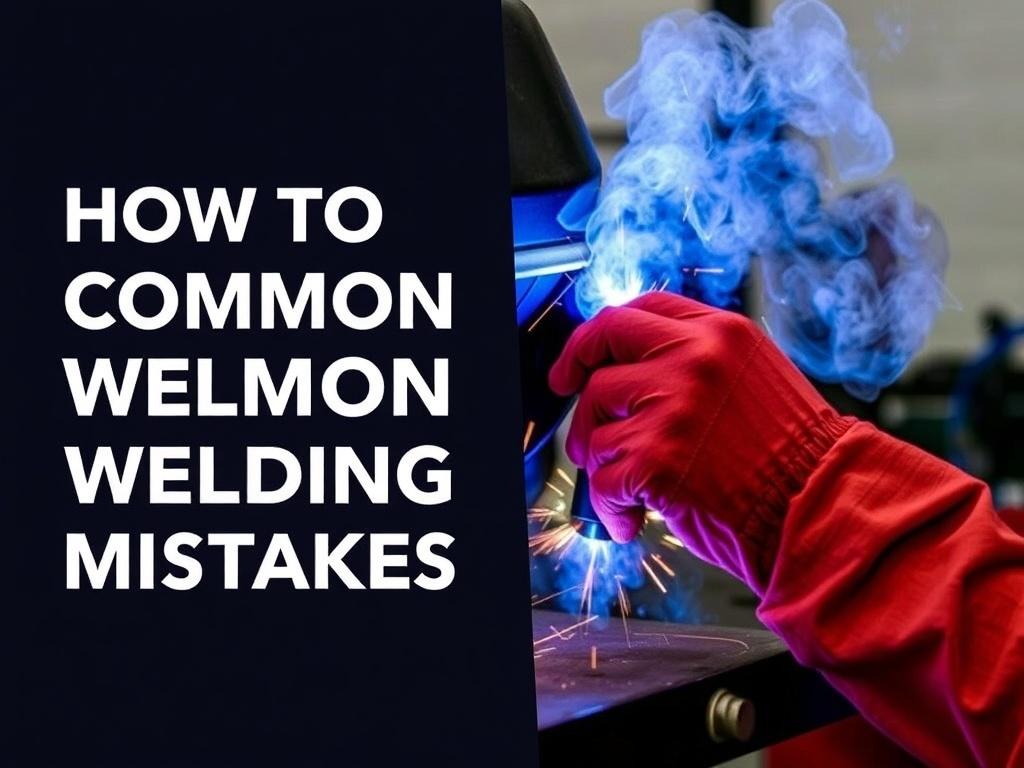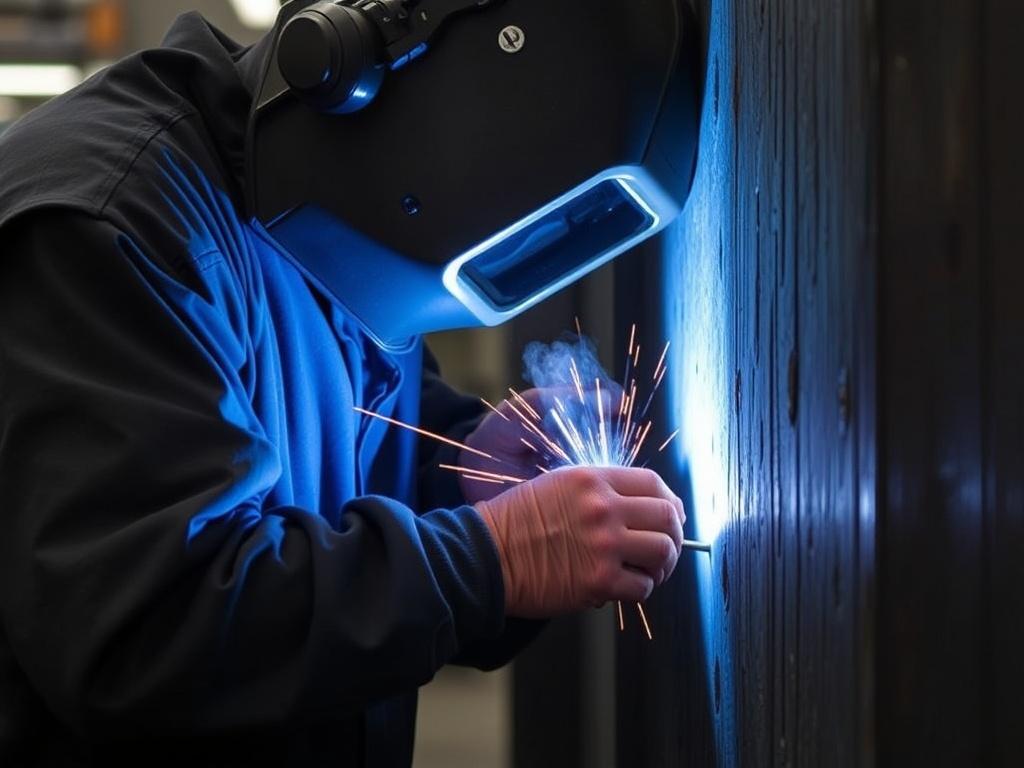
Welding is an incredible skill, one that forms the backbone of countless industries — from construction and shipbuilding to automotive repair and artistic metalwork. Whether you’re a beginner just getting your hands on a torch or an experienced professional refining your craft, knowing how to avoid common welding mistakes is key to achieving strong, durable, and visually appealing welds. In this extensive guide, we’ll delve deeply into the most frequent errors welders make, why they happen, and, importantly, how you can prevent them.
If you’ve ever struggled with porosity in welding, warping during welding, or issues like insufficient penetration, this article is for you. We’ll also discuss best practices for equipment maintenance, correct settings, and safety considerations. Our goal is simple: help you become a more confident, precise, and successful welder — one weld at a time.
Understanding the Basics: What Causes Welding Mistakes?

Before we dive into specific mistakes, it’s important to understand the root causes behind most welding problems. Many issues stem from a mix of equipment, technique, and material-related factors. A welder’s experience level also plays a huge role. Common causes include:
- Incorrect machine settings: Using the wrong amperage, voltage, or wire feed speed can badly affect weld quality.
- Poor preparation: Failing to clean metal surfaces or neglecting proper fit-up results in contamination and weak joints.
- Improper technique: Incorrect travel speed, angle, or electrode manipulation often leads to defects.
- Material issues: Welding dissimilar metals without adjusting parameters, or working with rusted or oily materials.
By fully understanding these root causes, you can start developing habits that help you avoid common welding mistakes—and produce better, safer welds every time.
Top Common Welding Mistakes and How to Avoid Them
Let’s get into the heart of the matter. Below is a detailed breakdown of typical welding mistakes, what causes them, and precise tips to avoid each one.
1. Porosity in Welding
Porosity refers to tiny holes or cavities in the weld bead caused by trapped gas. This defect significantly reduces weld strength and can lead to failure in structural applications.
Why does porosity happen? Porosity usually occurs when contaminants like dirt, oil, rust, or moisture get into the weld pool. Incorrect shielding gas flow or too high travel speed can also cause gas to become trapped.
How to avoid porosity:
- Clean the metal surface thoroughly before welding. Remove paint, rust, grease, and moisture.
- Ensure proper gas shielding — check gas flow rates and hose connections.
- Use the correct welding parameters, especially travel speed. Too fast travel can trap gas bubbles.
- Store your filler rods and electrodes in a dry environment to avoid moisture absorption.
2. Incomplete Penetration
Incomplete penetration happens when the weld metal fails to extend through the joint thickness, leaving weak points that are prone to cracking.
Causes: This often results from low heat input, too fast travel speed, or incorrect electrode size.
Prevention tips:
- Increase heat input appropriately by adjusting amperage or voltage.
- Slow down your travel speed to give the weld pool time to penetrate fully.
- Select the right electrode or filler wire for the material thickness.
- Proper fit-up and joint design can also ensure full access to the joint root.
3. Undercutting
Undercutting is a groove melted into the base metal along the toe of the weld that isn’t filled with weld metal, weakening the joint.
Why it happens: An overly high welding current or incorrect angle of the electrode causes excessive melting near the weld edges.
How to fix and prevent undercutting:
- Use proper welding current settings, not too high for the material thickness.
- Maintain the correct electrode angle, usually around 15 degrees off vertical.
- Control your travel speed — going too fast can cause undercut as the weld metal is “pulled” away too quickly.
4. Warping During Welding
Warping or distortion commonly happens when heat isn’t evenly distributed and causes contraction and expansion in the base metal. This can cause parts to bend or twist.
Causes include: Excessive heat input, uneven clamping or fixturing, and welding on thin materials without proper support.
Strategies to avoid warping:
- Use proper clamping or fixtures to hold weldments rigid
- Employ a balanced welding sequence such as stitch welding or backstep techniques
- Minimize heat input by using lower amperage and controlling travel speed
- Allow cooling between passes on thicker sections or multiple weld runs
5. Overlapping Welds
Overlap is when the weld metal extends beyond the weld toe without fusing properly to the base metal, creating weak, unsightly welds.
Why overlapping occurs: Traveling too slowly or using too much filler material without enough heat to fuse.
Prevention:
- Match travel speed and welding current appropriately to promote good fusion
- Avoid excessive weaving, which can flood the joint and reduce fusion quality
- Focus on equipment setup ensuring nozzle placement and angle are correct
6. Incorrect Electrode or Filler Material Selection
Choosing the wrong electrode or filler material leads to poor weld strength, cracking, or corrosion issues.
Each base metal requires a compatible filler or electrode to ensure shared metallurgical properties and strength characteristics.
How to pick the right consumable:
| Base Metal | Recommended Electrode or Filler | Common Applications |
|---|---|---|
| Carbon Steel | E6010, E6011 (SMAW); ER70S-6 (MIG) | Structural steel, pipelines |
| Stainless Steel | E308L, ER308L | Food industry, chemical tanks |
| Aluminum | ER4043, ER5356 | Automotive parts, architectural |
| Cast Iron | EStellite, nickel-based rods | Repair welding |
Always consult manufacturer recommendations and welding codes to confirm correct consumables.
7. Lack of Proper Safety Measures
Beyond quality issues, ignoring safety leads to serious health risks such as burns, eye damage, and inhalation of harmful fumes.
Common safety mistakes include: not wearing appropriate protective gear, poor ventilation, and neglecting electrical safety.
Essential safety tips:
- Wear full welding PPE: helmet with proper filter lens, gloves, flame-resistant clothing, and safety boots.
- Ensure good ventilation to avoid fume accumulation.
- Check all electrical connections to prevent shocks and fires.
- Keep a fire extinguisher nearby and maintain a clutter-free workspace.
Optimizing Your Welding Setup to Prevent Mistakes

The right preparation and setup can go a long way in helping you prevent common mistakes. Here’s how you can optimize your equipment and approach for success.
Machine Calibration and Maintenance
Regularly calibrate welding machines to ensure accurate current, voltage, and wire feed speed settings. Check for: worn cables, loose connections, or gas leaks.
- Clean and inspect electrodes and nozzles frequently to maintain good arc quality.
- Replace worn consumables before they affect weld quality.
- Check shielding gas regulators and hoses for leaks and contamination.
Choosing Appropriate Welding Parameters
Each weld type and material requires specific settings to avoid defects:
| Material Thickness | Amperage | Voltage | Travel Speed | Common Issues if Parameters Are Wrong |
|---|---|---|---|---|
| < 1/8 inch | 30-70 A | 16-18 V | Fast | Burn-through, warping |
| 1/8 to 1/4 inch | 70-150 A | 18-22 V | Medium | Undercutting or incomplete fusion |
| > 1/4 inch | 150-250 A | 22-28 V | Slower | Lack of penetration, porosity |
Use manufacturer guidelines and run test welds to dial in perfect parameters.
Proper Joint Preparation and Fit-Up
Spend adequate time prepping materials:
- Clean surfaces: remove rust, oil, paint, moisture.
- Align parts precisely: gaps, angles, and clearances affect weld penetration and strength.
- Use tack welds: secure joints before final weld passes to reduce distortion or misalignment.
Common Welding Techniques to Master for Error Reduction
Mastering your hand motions, angles, and speed is as important as understanding equipment settings.
Maintaining the Right Electrode Angle
Most welds require a 10-15 degree angle forward or backward to ensure proper bead shape and penetration.
Benefits: Proper angles prevent undercutting, overlap, and insufficient fusion problems.
Consistent Travel Speed
Keep your travel speed steady and in sync with your amperage settings. Moving too fast or slow affects bead size, penetration, and defect formation.
Controlled Weaving and Stringer Beads
Use stringer beads for flat, strong welds on narrow joints; weave beads help fill wide joints but need practice to avoid slag inclusion or uneven heat distribution.
Final Thoughts: Continuous Learning and Inspection Are Key
Welding mastery doesn’t happen overnight. Regular practice combined with learning to recognize and correct your mistakes will steadily improve your skills. Always inspect your welds thoroughly using visual techniques or non-destructive testing when required. If a weld shows defects, take the time to understand why and adjust your approach accordingly.
Remember, every error avoided boosts the strength, safety, and appearance of your final product, making you a true professional welder.
Summary: Quick Checklist to Avoid Common Welding Mistakes

| Mistake | Prevention |
|---|---|
| Porosity | Clean base metal; ensure shielding gas; use proper speed and clean consumables |
| Incomplete Penetration | Use sufficient heat; slow travel speed; correct electrode size |
| Undercutting | Correct current; proper electrode angle; steady speed |
| Warping | Use clamps; balanced welding sequence; cool between passes |
| Overlapping | Match speed with current; avoid excessive weaving |
| Incorrect Electrode Selection | Choose consumable based on base metal and application |
| Safety Neglect | Wear PPE; ensure ventilation; check electrical safety |
We hope this comprehensive guide has given you valuable insights into how to avoid common welding mistakes. With patience, care, and the right techniques, you can elevate your welding skills to a professional level.
Happy welding!
